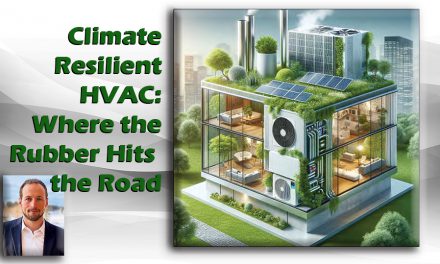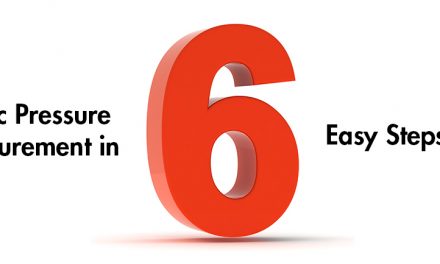Electrification and Increased Demand for Heat Pumps
Undoubtedly, the electrification movement has taken hold as part of broader efforts to reduce carbon emissions and transition to cleaner energy sources. This push toward electrification means the HVAC Industry is seeing a more significant emphasis on using heat pumps.
Because of improvements in heat pump technology, they are seeing greater use not only in the warmer regions of the country but also in the north, where, when combined with dual-fuel systems, they can be a great alternative to gas-only appliances.
This growing preference for heat pumps transforms the HVAC sector by fostering sustainable practices and improving energy efficiency. As more get installed across the country, we should see decreased energy consumption and progress toward greener heating and cooling methods.
Reduced HFC Production and Use
Much has been written in the trade press on the reduction in hydrofluorocarbon production, a move mandated by the American Innovation and Manufacturing (AIM) Act.

trade show event. Pictured here is the Chicago Cloud Gate sculpture at night,
also known as The Bean, located in Millennium Park in Grant Park
in downtown Chicago Loop.
The AIM Act directs the U.S. Environmental Protection Agency to phase down the production and consumption of HFCs in the United States by 85% over the next 15 years. Why? HFCs are commonly used in refrigerants with high global warming potential, making them not-so-green. Replacing them requires a lot of science and creativity – something for which this industry is well known.
Today, the HVAC industry is in the throes of pivoting towards alternative A2L refrigerants with lower environmental impact. Systems using these refrigerants require less than their HFC-based cousins and may perform better in low ambient conditions.
Decentralized HVAC Systems
There is a growing popularity for decentralized HVAC systems for improved zoning control and energy efficiency in commercial buildings. In an article published in Facilitiesnet.com, author David Callan says that centralized systems are popular because the HVAC equipment is locked away from public view.
Still, he writes, “The downside of doing this is that buildings with overly large central air handling units (AHU) systems, monolithic boilers, and large single-compressor chillers tend to perform poorly during partial load conditions and off hours. As a reminder, a typical building will operate at part load more than 99% of the year.
“Instead, the more modular or decentralized systems perform better in varied use cases. Decentralization provides the flexibility to operate various portions of the building at different times.”
He also says the modular or decentralized approach, when done correctly, naturally provides a level of redundancy that can protect a building if there is a failure.
Adopting modular or scalable HVAC systems offers your commercial customers flexibility, scalability, and even easier maintenance.
Click Below for the Next Page:













Recent Comments